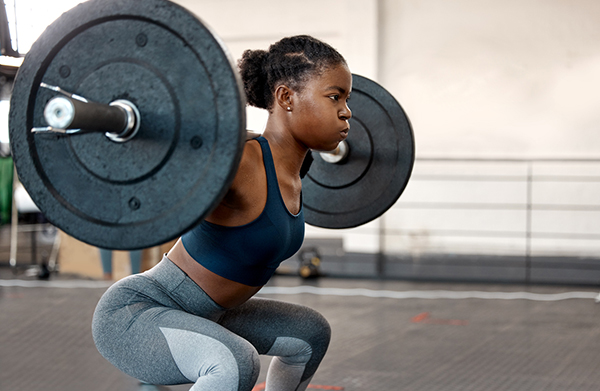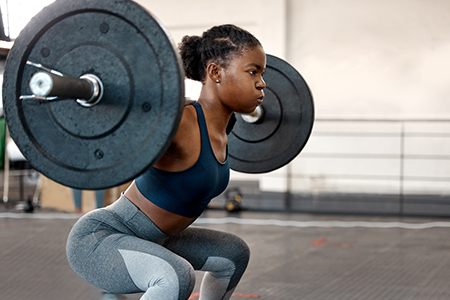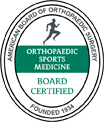
Weight-bearing exercises and recreational activities such as jogging, cross-training, or gardening are great ways to stay fit and healthy, but they can also increase the risk of knee problems. Those with less muscle mass in the thighs are particularly at risk of developing knee osteoarthritis (OA) from these activities. Let’s explore how physical therapy can play a critical role in reducing this risk.
Understanding the Risks
The study, which followed over 5,000 participants aged 45 and older, found that those with low lower-limb muscle mass had a 53% increased likelihood of developing knee osteoarthritis when engaging in weight-bearing activities.1 This connection between muscle mass and OA risk underscores the importance of muscle strength in protecting your joints during exercise.
How Weight-Bearing Exercises Increase the Risk of Knee Problems
- Mechanical Stress on Cartilage: Repeated mechanical stress from weight-bearing activities can cause cartilage breakdown, especially if the knee is improperly aligned.
- Weak Muscle Support: Weak or imbalanced muscles around the knee reduce joint stability, leading to improper loading and increased stress on the knee joint.
- Impact Forces: High-impact activities subject the knee to significant forces, increasing the risk of microtrauma and long-term joint damage.
The Role of Physical Therapy
Physical therapy is essential in mitigating the risks associated with weight-bearing exercises by focusing on key areas such as:
- Strengthening Muscles: Physical therapists design targeted exercise programs to strengthen the quadriceps, hamstrings, and glutes, reducing the load on the knee joint.
- Improving Joint Alignment: Therapists analyze gait and movement to correct misalignments, ensuring better knee stability during exercises.
- Enhancing Flexibility: Stretching and range-of-motion exercises improve joint mobility and reduce the risk of injury.
- Teaching Proper Techniques: Therapists educate patients on safe exercise practices, ensuring that weight-bearing activities are performed correctly.
Moving Forward Safely
If you're concerned about the impact of weight-bearing exercises on your knees, especially if you have low muscle mass, consider consulting Dr. Milan DiGiulio and his team for expert guidance on safe exercise practices that help you stay active while protecting your knee health.
Milan M. DiGiulio, M.D. offers comprehensive Orthopaedic care for you and your entire family, specializing in Sports Medicine and arthroscopic surgery of the shoulder and knee. Dr. DiGiulio performs over 200 arthroscopic shoulder and knee surgeries each year, using the most advanced surgical technology. Dr. DiGiulio is an advocate of non-invasive, non-surgical treatment options such as Physical Therapy and Orthobiologics.









